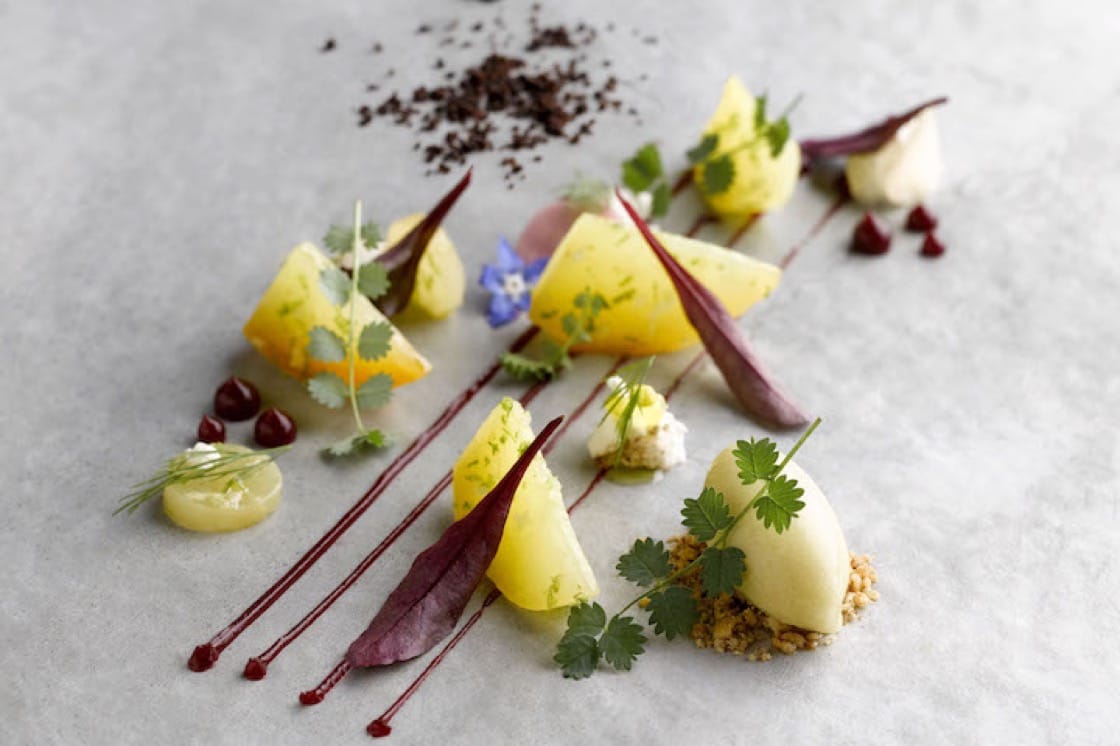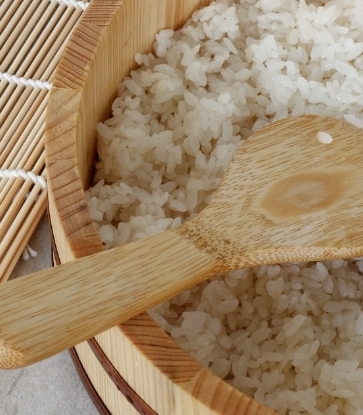Spring is a season for harvest, indeed. From the arrival of ivory-hued asparagus to the honeycombed sponges of morel mushrooms, the season is ripe for chefs and home cooks alike to create beautiful produce-driven dishes.
Over at one-Michelin-starred JAAN, chef de cuisine Kirk Westaway enjoys some of his favourite fruits and vegetables during spring. These, he uses to create exquisite dishes such as spring lamb with pickled baby onions.
And while Singapore might not have four seasons, the taste of springtime produce can be found through dishes turned out at some of the city's finest restaurants. Here are some of them.
In Europe, this spring delicacy is often treated like the king of vegetables when it is in season. White asparagus is usually dug out of the earth before its head even peeks out from the soil, then wrapped in a damp cloth to keep it fresh during transportation. One way of preparing the vegetable is simply to charcoal-bake it to bring out its delicate fragrance.
At JAAN, for instance, Westaway sprinkles parmesan over the charcoal-baked white stems, which are then paired with their crunchy green counterparts and strips of savoury Joselito ham.

With a distinct honeycomb-like appearance, morel mushrooms are prized for their versatility and deep earthy flavours. Usually in season from March to May, fresh morel mushrooms are not easy to store, so these capped stems are usually dried and kept aside for use in winter and autumn months. At JAAN, these mushrooms are married with white and green asparagus for a plate that truly symbolises the season.

This root vegetable typically comes into season in spring and autumn, though the spring harvest is said to be sweeter in taste. Besides the common red variation, fine-dining restaurants such as JAAN are also more likely to serve golden beetroot.

It usually marks the first sign of spring for the Japanese whenever this bulbous sprout makes an appearance.
As the vegetable is very bitter, a traditional way of preparing it is coating the butterbur sprouts in batter then lightly deep-frying it to make a tempura.
Butterbur sprouts are not just found in restaurants, either. Home cooks looking to get their hands on this bitter vegetable can go to Japanese online grocer Zairyo as well. Co-founder Amanda Tan suggests simply grilling them with salt and pepper as well, if tempura seems too challenging a feat.

This seasonal Japanese vegetable is usually harvested in winter, but can also be enjoyed early on in spring. Kabu is sweeter and softer than other turnips or radishes, and is usually paired with seafood, such as butter-poached lobster.

Best harvested from March to May, artichoke is widely used in Europe because of its distinct characteristics. The nutty flavours of the vegetable go well with premium ingredients such as parma ham and seafood.
At Saint Pierre, chef Emmanuel Stroobant specially selects the purple variety from France, which are smaller in size and can be eaten raw. Under Stroobant's deft hands, the artichokes are fried to achieve a golden-brown exterior and stuffed with pine nuts, paired with an avocado and Thai coconut emulsion.

Spring is a time of abundance for ocean bounty, and no where is this more apparent than in Japanese sushi joints where chefs prepare the freshest catch before your eyes. The long and pointy silver Sayori fish, for instance, is well-loved for its clean taste, and can be enjoyed as sushi or deep-fried for a tasty snack.

Another common ingredient featured on spring menus is lamb, though there are many ways to prepare the red meat. In France, for instance, a symbolic spring dish Navarin d'agneau printanier is where lamb is simmered in a hearty stew with a medley of spring vegetables. Many fine-dining chefs also choose to sous vide the meat before pan-searing it and serving it with vegetables and roasted garlic.






















